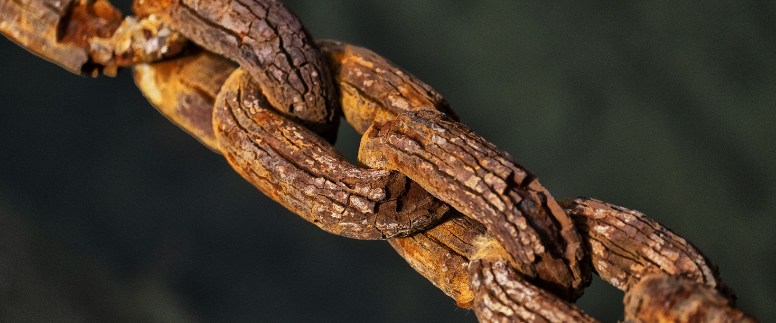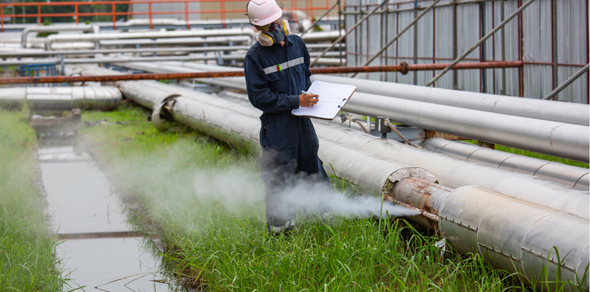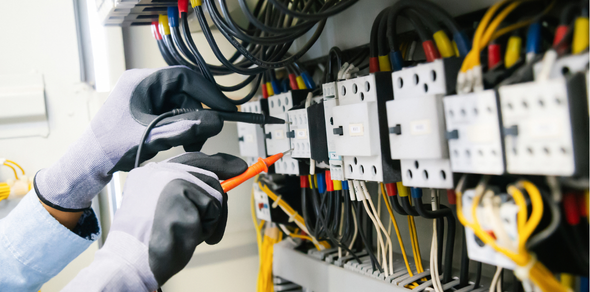| 0 Comments | Enkor

Cathodic protection is an electrochemical method used to prevent corrosion on metal surfaces. It plays a crucial role in protecting metal structures such as oil and gas pipelines, marine structures, water lines, and storage tanks. Corrosion can weaken metal over time, leading to economic losses. Cathodic protection is an effective solution to prevent this issue and extend the lifespan of the structure.

How Does Cathodic Protection Work?
Cathodic protection works by attaching a more reactive metal (anode) to the metal surfaces that need to be protected. There are two main types of cathodic protection methods:
-
Galvanic Anode System: In this system, magnesium, aluminum, and zinc anodes are used. These metals are more active than the structure being protected, thus preventing it from corroding.
-
Impressed Current Cathodic Protection (ICCP): This method uses an external power source (rectifier) to apply a negative electrical charge to the metal structure being protected. Special materials such as titanium anodes, titanium tube anodes, and titanium ribbon anodes are used in this system.

Where Are Cathodic Protection Systems Used?
Cathodic protection systems are typically used for large structures that need to be protected against corrosion. Some examples of these structures include:
-
Oil and Gas Pipelines: Cathodic protection systems are used to protect oil and gas transportation pipelines, making them last longer.
-
Piers and Marine Structures: Saltwater causes metal structures to corrode, so piers, jetty piles, and other marine structures are protected with cathodic protection systems.
-
Above-Ground Storage Tanks and Water Lines: Drinking water lines and above-ground tanks are protected against rust using cathodic protection.
Cathodic Protection Materials
The materials used in cathodic protection systems are crucial to the success of the corrosion prevention process. The most commonly used cathodic protection materials include:
- Magnesium, Aluminum, and Zinc Anodes
- Silver/Silver Chloride Reference Electrodes
- Copper/Copper Sulfate Reference Electrodes
- Titanium Tube Anodes and Titanium Ribbon Anodes
- Isolation Flanges and Insulated Flanges
Why Choose Cathodic Protection?
Cathodic protection effectively shields metal structures from corrosion, providing a long-lasting solution for these structures. The advantages of this system include:
-
Cost Savings: Repair and replacement costs due to corrosion are minimized with cathodic protection.
-
Extended Lifespan: Metal structures can last for many years without issues thanks to cathodic protection.
-
Reduced Environmental Impact: The environmental damage caused by corrosion is significantly reduced.
Cathodic Protection Solutions by Enkor Construction and Corrosion Technologies
At Enkor Construction and Corrosion Technologies, we design and implement cathodic protection systems to protect industrial structures and critical infrastructure from corrosion. Our services, offered in Türkiye, North Africa, and the Middle East, include cathodic protection surveys, project design and implementation, and operation and maintenance services.
Conclusion
Cathodic protection is one of the most effective methods for protecting metal structures from corrosion. At Enkor Construction and Corrosion Technologies, our professional solutions help extend the life of your structures and reduce costs.
Contact Enkor Construction and Corrosion Technologies today to learn more about how we can secure your structures against corrosion.